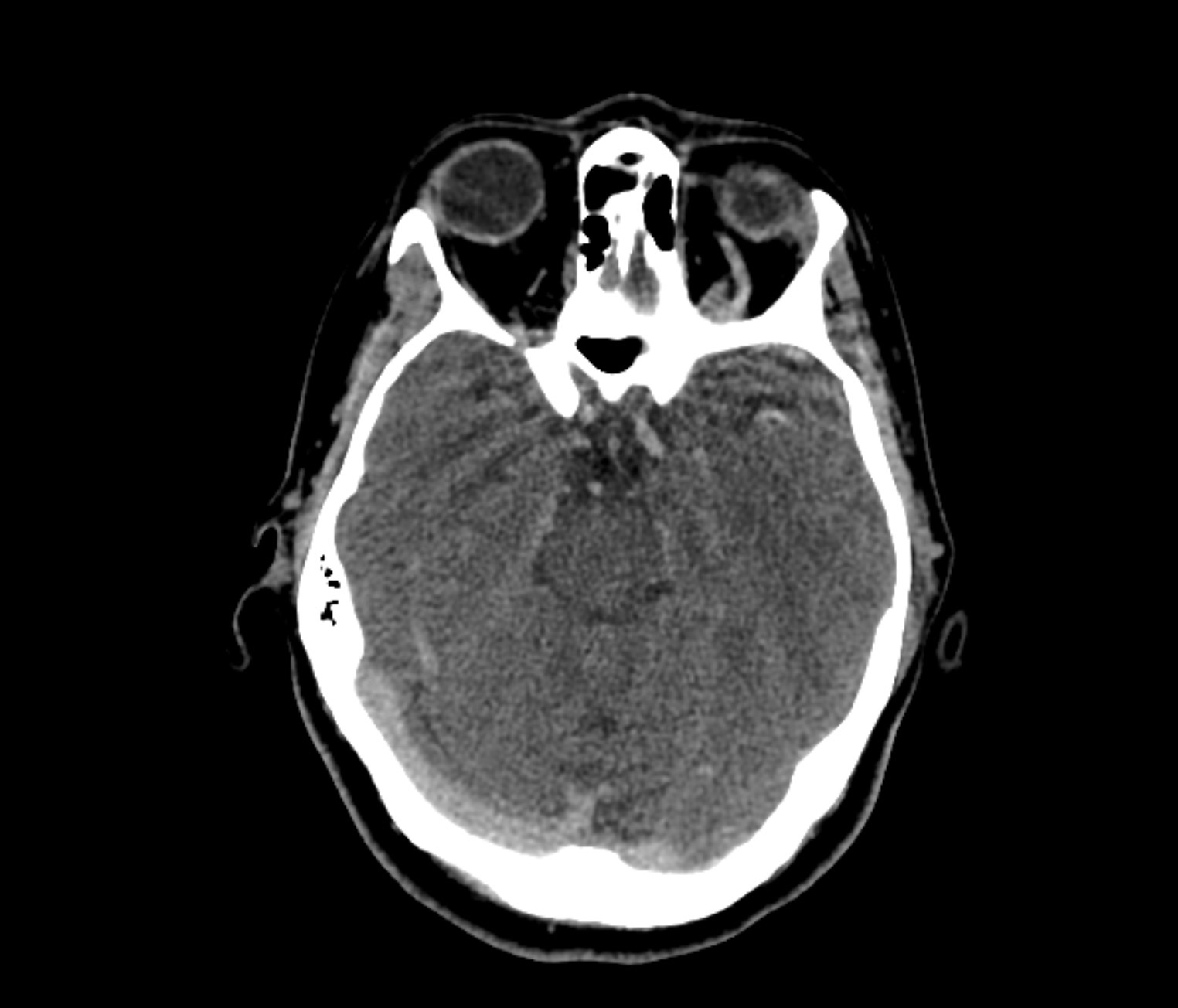Page Contents
OVERVIEW
This page is meant to discuss more about how to protocol a CT venogram (CTV) of the head.

WHAT DOES THIS STUDY ACTUALLY INCLUDE?
hen you are protocoling/ordering this study it is important to realize exactly what you are “getting” from the study. A CTV of the head may be ordered on its own, or with other studies like a CTA of the head and neck. If ordered on its own this is what is included on the study.
- Venous phase imaging from the skull base to the top of the skull
WHEN SHOULD THIS STUDY BE ORDERED?
It is important to appreciate that there are certain cases when a CTV of the head should be ordered. There are a few categories of indications that should be kept in mind.
- Fractures that oppose the dural venous sinuses (ex occipital fractures): in this setting there can be concern for damage to the venous system which can be further evaluated on a CTV.
- Concern for venous thrombus: in situations where there is concern for a venous thrombus a CTV will help more definitively evaluate for this.
WHEN SHOULD THIS STUDY NOT BE ORDERED?
There are some instances where a CTV should probably not be ordered.
- Concern for arterial pathology: in cases where there is suspected arterial injury or thrombus a CTV will not evaluate the arterial system well. Instead a CTA of the head/neck may be more appropriate. It is important to keep in mind that sometimes a CTA of the head and neck is ordered with a CTV of the neck to evaluate for both arterial and venous pathology.
Page Updated: 01.21.2020